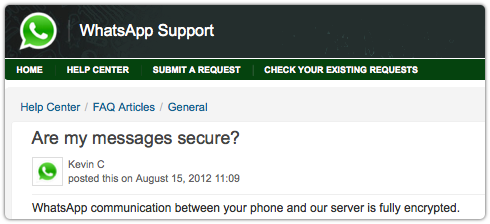Trend Micro Acquires Broadweb To Enhance Network Protection Against Targeted Attacks And Advanced Threats
DALLAS, Oct. 10, 2013 /PRNewswire/ — Trend Micro (TYO: 4704; TSE: 4704) today announced the acquisition of Broadweb, a Taiwan-based provider of advanced network security solutions. Broadweb’s innovative deep packet inspection and real-time blocking of malicious packets will strengthen Trend Micro’s Custom Defense Solution, which provides comprehensive network-wide visibility and protection against targeted attacks and sophisticated advanced threats.
Broadweb’s proven technology has been validated independently by NSS Labs and has received ICSA Labs IPS Certification. In addition to offering its own branded network security solution in Asia, Broadweb’s OEM customers include a variety of leading network security vendors. Financial terms of the acquisition are not being disclosed.
“As attacks evolve, conventional network security is no longer sufficient to keep digitized data, intellectual property and communications safe,” said Kevin Simzer, senior vice president, marketing and business development, Trend Micro.
“Our Custom Defense solution is unlike anything on the market. It enables organizations to detect, analyze, adapt and respond to targeted attacks and advanced threats. Integrating Broadweb’s proven capabilities into our Custom Defense Solution enhances our ability to provide customers with the most comprehensive solution for targeted attacks available today.”
Trend Micro’s Custom Defense delivers holistic, actionable intelligence to mitigate targeted attacks and advanced threats before a network can be compromised. With the ability to proactively identify customized threats across devices, protocols, operating systems and networks, the unique offering empowers organizations to identify and respond to cyber attacks that are purpose-built to evade standard IT security.
“We are excited and honored that our talents and technologies will be a part of the Trend Micro family,” said Dr. Terence Liu, CEO of Broadweb. “Both companies are built on strong cyber security DNA and engineering culture. We anticipate this spark to unleash inspiration and creativity for next-generation network security technologies.”
About Trend Micro
Trend Micro Incorporated, a global leader in security software, rated number one in server security (IDC, 2013), strives to make the world safe for exchanging digital information. Built on 25 years of experience, our solutions for consumers, businesses and governments provide layered data security to protect information on mobile devices, endpoints, gateways, servers and the cloud. Trend Micro enables the smart protection of information, with innovative security technology that is simple to deploy and manage, and fits an evolving ecosystem.
All of our solutions are powered by cloud-based global threat intelligence data mining framework, the Trend Micro(TM) Smart Protection Network(TM) infrastructure, and are supported by over 1,200 threat experts around the globe.
For more information, visit TrendMicro.com.
Article source: http://www.darkreading.com/perimeter/trend-micro-acquires-broadweb-to-enhance/240162510
 Eight more people have been arrested in the wake of the
Eight more people have been arrested in the wake of the  As of 23 July, 2013, the server showed some 957,079 registered user accounts, the FBI says.
As of 23 July, 2013, the server showed some 957,079 registered user accounts, the FBI says.  Popular mobile messaging software WhatsApp is in the firing line again for another security SNAFU.
Popular mobile messaging software WhatsApp is in the firing line again for another security SNAFU.
